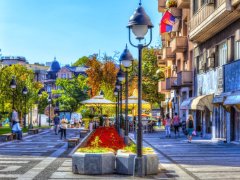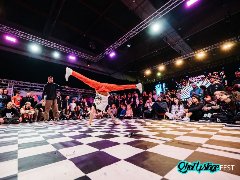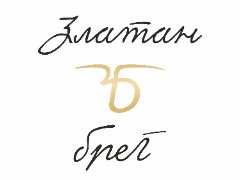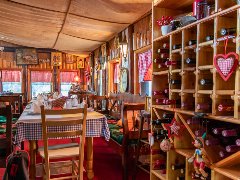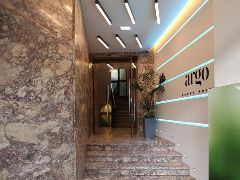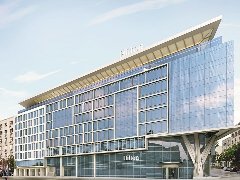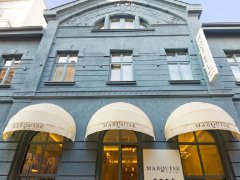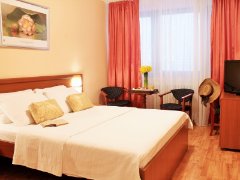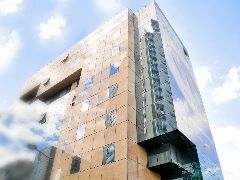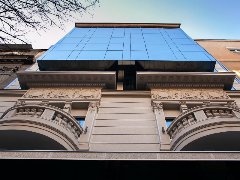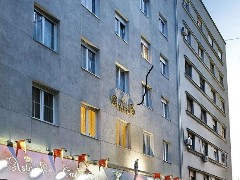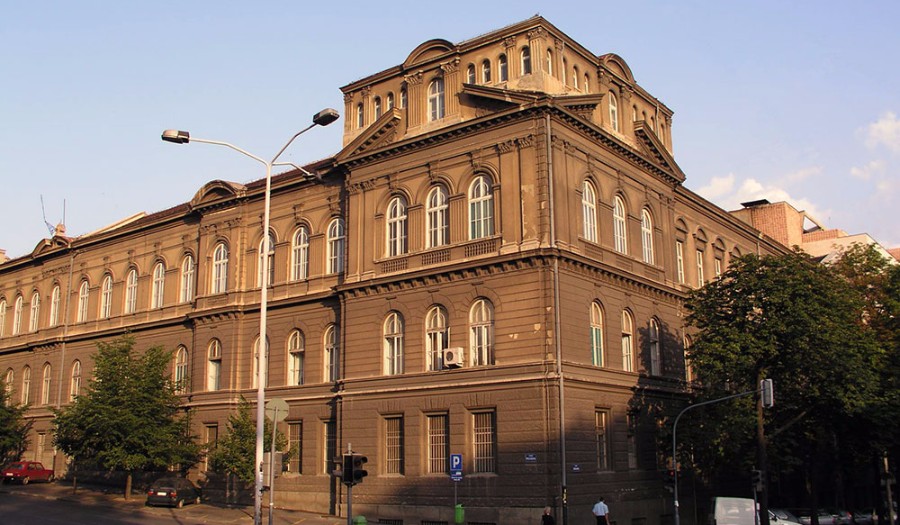
At the extraordinary session of the Municipal Council of Belgrade, on October 15, 1903, preceded by the first major municipal repurchase of items from the previous year, it was decided that one of the rooms within the National Museum was allocated for the municipal museum in order to showcase the items purchased. President of the City Municipality, Kosta D. Glavinic signed an act by which the Municipal Board authorized the Belgrade Municipal Court to request a room which would be entitled "Municipal Museum" from the National Museum in Belgrade.
The City Assembly of Belgrade, in a joint engagement with the staff who led the Museum, made a decision that the building of the New Military Academy become the home of the city museum. The building is the work of architect Dimitri T. Lek, from 1899-1900. And it extends on the streets of Nemanjina, Resavska and Bircanova. The building at all levels has about 10,000 square meters and has not been designated as a cultural monument.
At the extraordinary session of the Municipal Council of Belgrade, on October 15, 1903, preceded by the first major municipal repurchase of items from the previous year, it was decided that one of the rooms within the National Museum was allocated for the municipal museum in order to showcase the items purchased. President of the City Municipality, Kosta D. Glavinic signed an act by which the Municipal Board authorized the Belgrade Municipal Court to request a room which would be entitled "Municipal Museum" from the National Museum in Belgrade.
The City Assembly of Belgrade, in a joint engagement with the staff who led the Museum, made a decision that the building of the New Military Academy become the home of the city museum. The building is the work of architect Dimitri T. Lek, from 1899-1900. And it extends on the streets of Nemanjina, Resavska and Bircanova. The building at all levels has about 10,000 square meters and has not been designated as a cultural monument.
